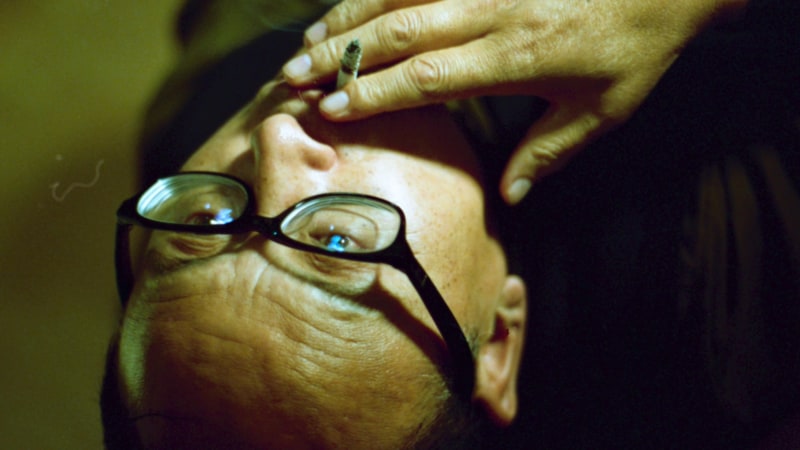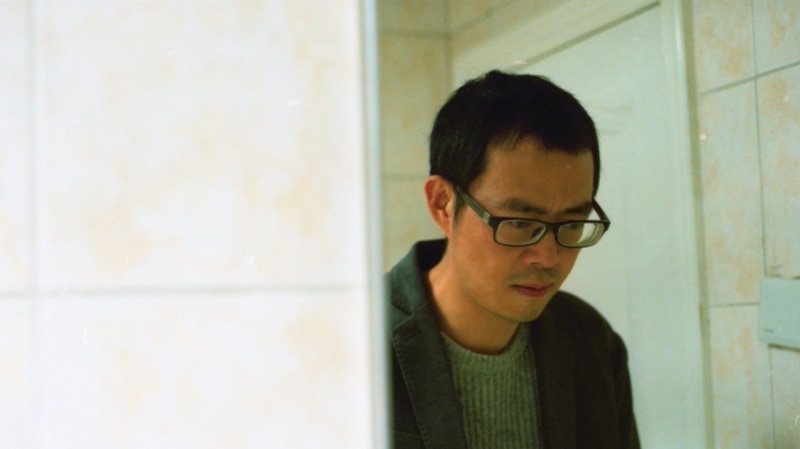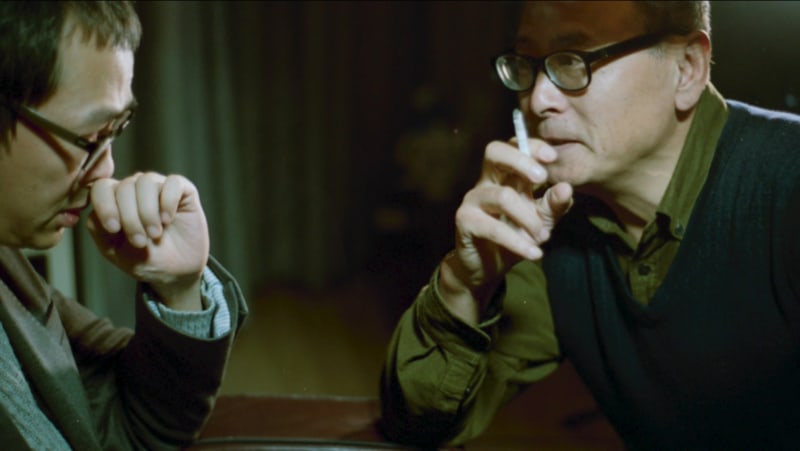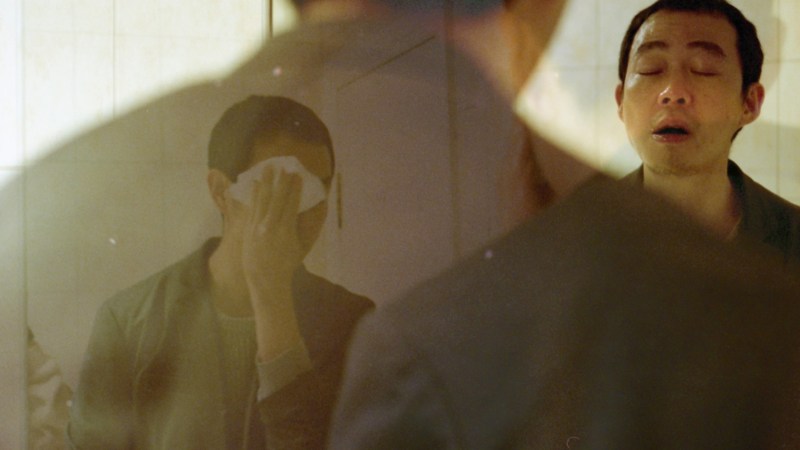About the artist
Wang Tuo was born in 1984, Changchun. Employs various mediums and a process that combined interview, reality show and the theatre of absurd to construct a maze of melodrama. Through his performative manipulation on individuals' lived experiences and intervention in intellectual legacies such as literature, film, theatre and art history, Wang's practice attempts to examine the unreliable relationship between the contemporary human status, myth and cultural archive. In the self-referential environments that he constructs, dramatic, often humorous as well as absurd aspects of the concept of society are exposed. Wang's practice also seeks to develop a discourse on how present ideology is derived from its historical context continues to adapt to changing condition.
The artist currently lives and works in New York and Beijing. Wang has recently shown at White Space Beijing, Taikang Space, Beijing, Queens Museum, New York, USA, Taiwan Museum of Fine Arts, Taipei, TEN Multimedia Center, Tirana, Albania, Gezira Art Center, Cairo, Egypt, IMA Film Society, India, Vox Populi, Philadelphia, HVCCA, NY, USA, Residency Unlimited, NY and NARS Foundation, NY, USA. Wang Tuo is currently an artist-in-residence at the Queens Museum in New York, USA.
about the work
The Interrogation
18'35'', Single channel HD video, color, sound, 2017
The Interrogation is a video constructed entirely from still film photography and photo shop collage, playing out as a photomontage along with a voiceover. The work is intertwined of two narratives. One comes from the record of the artist interviewing a local officer from the Commission for Discipline Inspection. In this interview, the officer talks about the psychological tricks he had used to succeed his job interview. Then he describes the mental methods he always applies onto his suspects during the interrogation process. The other narrative is a short story written by the artist and inspired by Ingmar Bergman’s movie Persona (1966). In the story, an actress refusing to speak and a nurse trying to make her talk gradually switch roles and turn into each other. These two narratives together bring to mind the complexity of the reality that we are currently in: the everyday scenario and the extreme situation hidden behind our daily life intersects through a similar structure of communication. The roles that people play in these scenarios are thus in constant flux.





